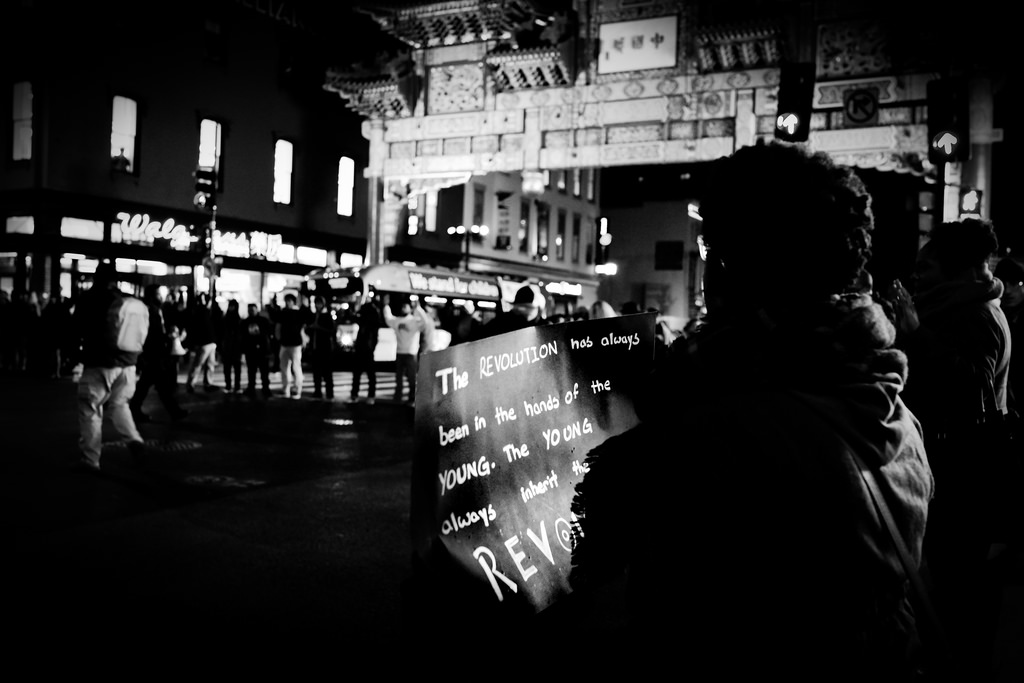NEW YORK ‒ A New York court ruled today that the New York Police Department must respond to a public records request seeking information about the NYPD’s use of technology to interfere with the cell phones of protesters.
In 2017, the New York Civil Liberties Union filed a Freedom of Information Law request on behalf of Millions March NYC, a group of protesters affiliated with the Movement for Black Lives, seeking documents regarding the NYPD’s monitoring of protesters’ social media activity and cell phones. The NYPD initially responded with a blanket statement that they could “neither confirm nor deny” whether such records existed, citing a rare secrecy loophole known as a “Glomar response” that is typically used for national security issues.
Judge Arlene Bluth of the New York Supreme Court ruled today that the NYPD’s use of a Glomar response was impermissible, and ordered the NYPD to respond to the FOIL request in full.
“Today the court confirmed that the NYPD cannot vastly expand the scope of the Glomar response to deny the public access to basic information regarding the tactics and technologies used by police to monitor First Amendment-protected political activity,” said staff attorney Bobby Hodgson, who argued the case. “We are pleased that the court agreed that allowing the police to cite very general national security concerns in this case ‒ to avoid transparency and accountability over the surveillance of protesters ‒ would undermine the very purpose of the Freedom of Information Law.”
The original request was filed after activists reported issues communicating with their cell phones during Black Lives Matter protests. For example, some organizers experienced their phones shutting down during marches or received messages indicating possible interference in their messages sent and received on Signal, a secure messaging tool.
However, the NYPD denied the vast majority of the NYCLU’s FOIL request on the grounds that it could “neither confirm nor deny the existence of records” ‒ a troubling attempt by the NYPD to expand the “Glomar doctrine” to avoid disclosing its surveillance activity. Under FOIL, agencies are generally required to either turn over documents or identify documents and explain why they are exempt from disclosure. The Glomar doctrine is a narrow exception that has historically been used in highly unusual national security circumstances involving federal agencies, not state or local law enforcement.
Judge Arlene Bluth wrote in her decision that “the very notion of a Glomar response…contradicts the purpose of disclosure under FOIL.” The ruling affirmed that allowing the NYPD to rely on the Glomar response in this case would effectively eliminate any oversight over the NYPD’s handling of protesters engaged in political activity explicitly protected under the U.S. Constitution.
“[I]f [the NYPD] is using technology on protestors, and by its own account, violating the law, then it cannot hide exposure of that fact through a Glomar response,” wrote Judge Bluth.
The ruling orders the NYPD to respond either with documents or with a legitimate FOIL exemption to the portion of the request which addressed technology used by police to interfere with the cell phones of protesters. The court further ordered the NYPD to release unredacted documents relating to the Dataminr software used by the NYPD to monitor social media, including information about how much money the NYPD spends on such software and detailed product descriptions.
